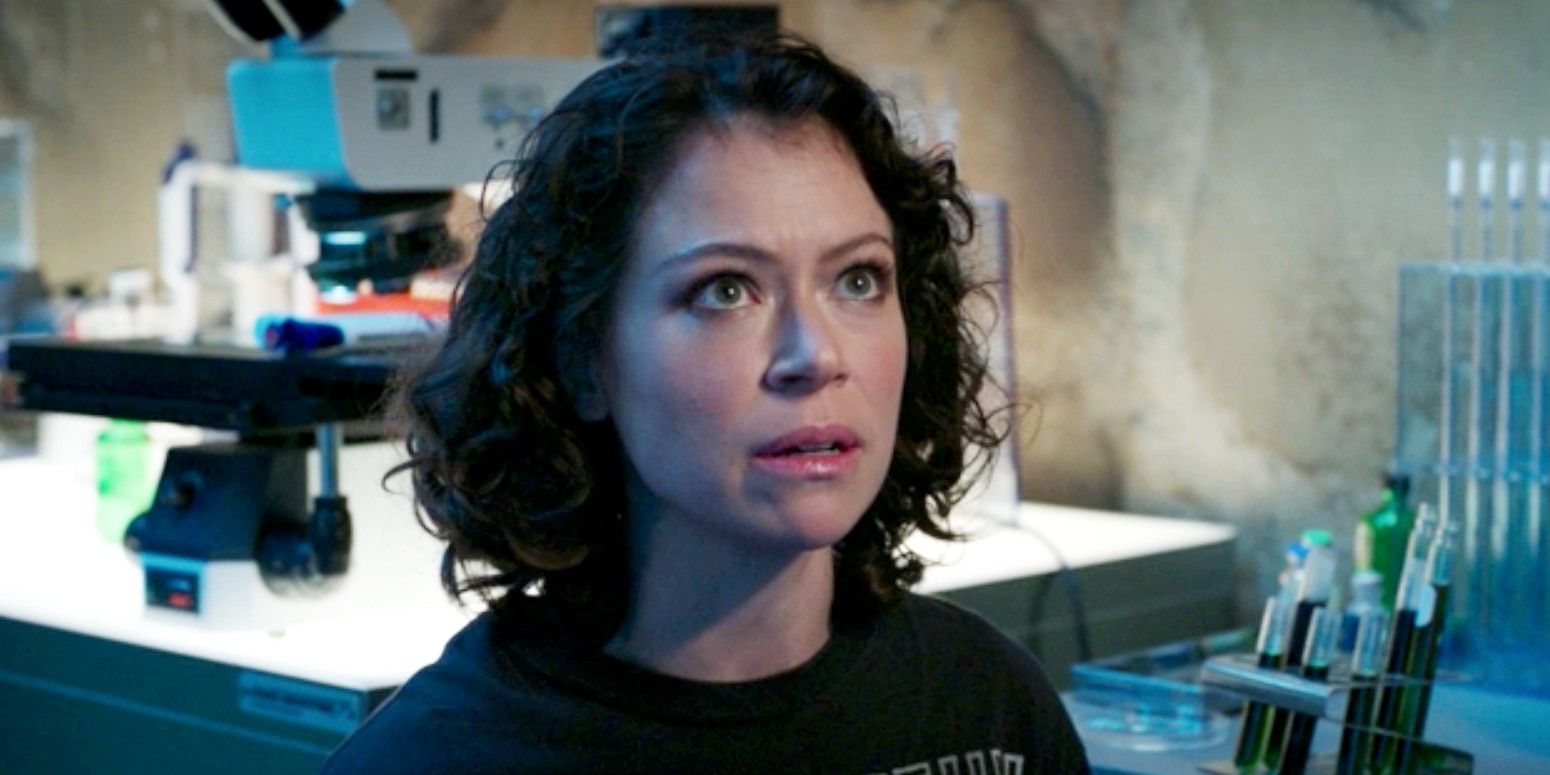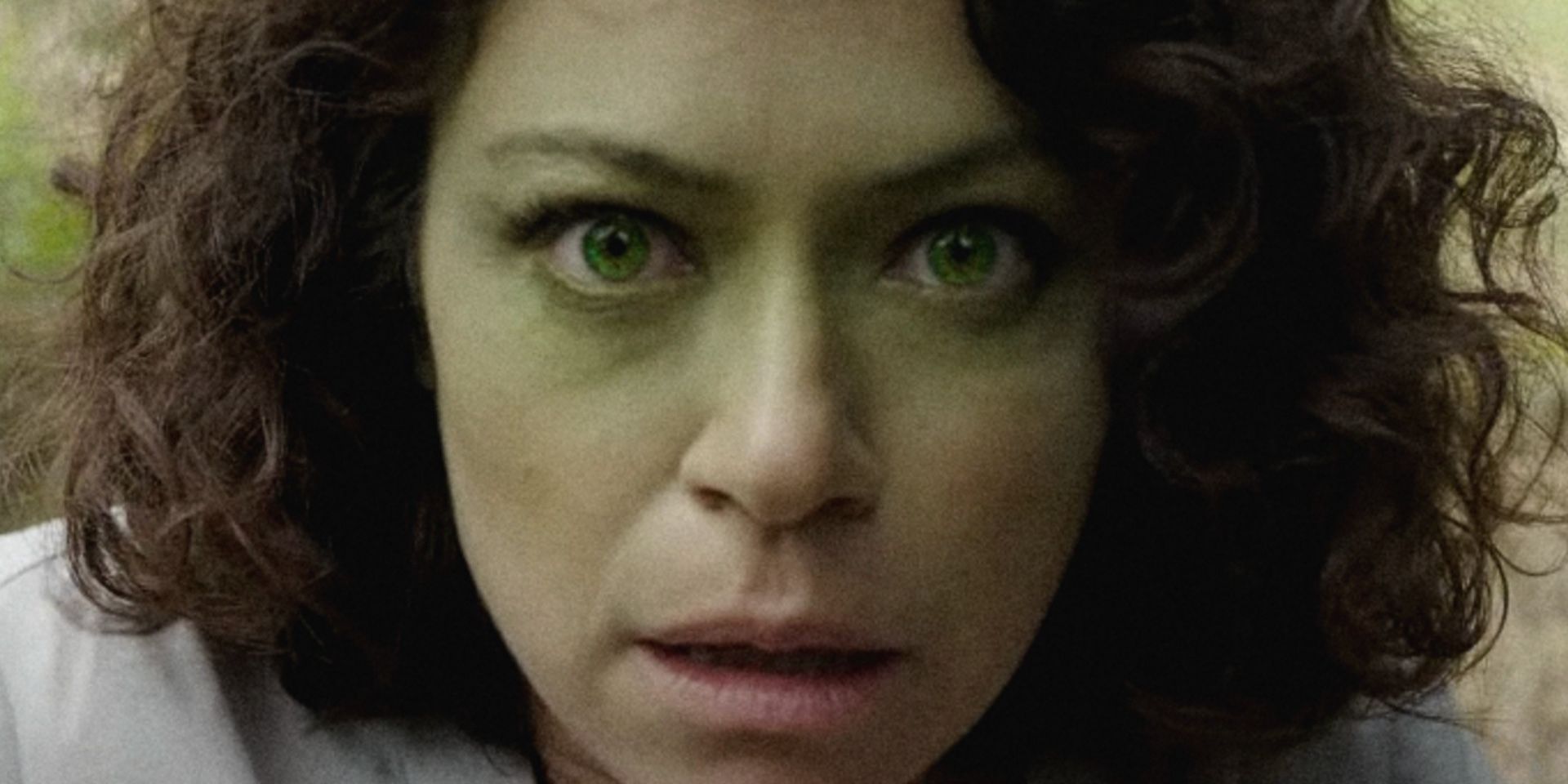Warning: This article contains spoilers for She-Hulk: Attorney at Law, Episode 1Jessica Gao, the writer for Marvel’s She-Hulk: Attorney at Law, explains why Jennifer Walters' origins are different in the Disney+ show. Stan Lee first introduced the Marvel hero back in 1980 with the release of “The Savage She-Hulk” graphic novel series. The character was supposedly inspired by the success of two popular television shows at the time, The Incredible Hulk and The Bionic Woman. Recently, the superhero has been brought back to the limelight with her own Disney+ series, with Tatiana Maslany taking on the lead role.
In the original comic’s sequence of events that lead to She-Hulk obtaining her powers, Jennifer Walters is the daughter of a Los Angeles sheriff. The mob has a vendetta against her father and attempts to kill the officer. Unfortunately, Jennifer gets caught up in the ensuing hit and is critically injured in the gunfight. Jennifer’s is saved when her cousin, Bruce Banner, rescues her by means of a blood transfusion, incidentally transferring his contaminated cells, giving her Hulk-like superpowers. However, in She-Hulk: Attorney at Law, Jennifer gets her powers when a surprise alien attack causes Banner to crash his vehicle, and the injuries sustained in the accident cause their blood to mix.
In an interview with Inverse, Gao explained why she altered Jennifer's origin story in the Marvel Cinematic Universe. The writer said she wanted the show's story to better match Banner’s psyche as established in the MCU. Ultimately, Gao says, the MCU's Bruce Banner/Hulk would not wish his powers on his cousin purposefully, so the original comic book narrative no longer made sense. Read her comments below:
“For me, it just didn’t ring true for the Bruce Banner we know…We’ve watched him over the course of a decade, and he’s struggled with this. He’s tormented by this. He saw it as a curse. It took him a decade to just get to a place of balance and acceptance. He never viewed it as a great thing. It forced him to not even have romantic relationships. I just can’t imagine Bruce would willingly choose to give what he saw as a curse.”
Gao's explanation is certainly interesting, as it highlights how the MCU has emphasized the emotional difficulties of Bruce/Hulk's character. To address this, rather than having Banner consciously decide to save Jennifer with a blood transfusion, Gao made it incidental to avoid detracting from the internal struggle audiences have seen Banner battling over the course of the MCU’s storyline. Indeed, in various films, Banner has been unwilling to relinquish control of his body to The Hulk in fear of causing harm to those around him. It isn’t until Avengers: Endgame that Banner seems to have found peace with his condition, blending his personas into what some enthusiasts have dubbed “Smart Hulk”.
Even though Banner has seemingly coped with his circumstances, his personal conflicts seen in other MCU movies do suggest that he would not willingly transfer his “curse” to another individual. Gao’s scriptwriting allowed Banner to stay true to the character audiences have seen over the past two decades without altering She-Hulk’s storyline in a damaging way, or having to spend extensive time explaining a complicated backstory. It remains to be seen whether She-Hulk: Attorney at Law has any more major changes to Jennifer Walters planned, but it's clear that the show has the continuity of the MCU in mind.
Source: Inverse


